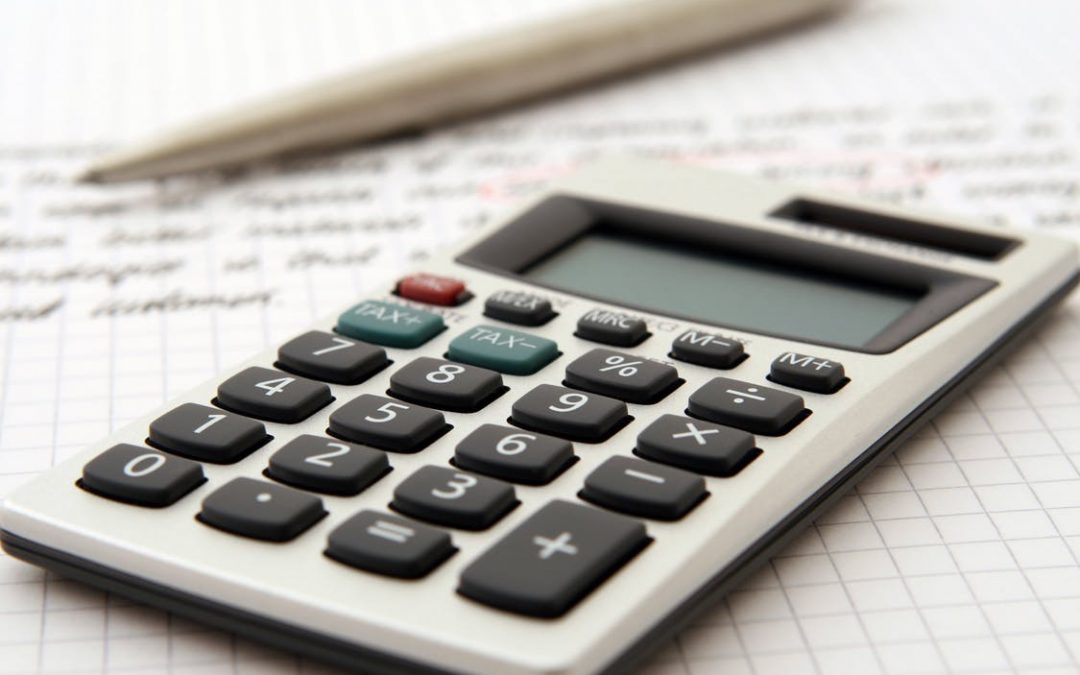Well it can and here’s how.
So, in the 2016 Budget, a significant announced was made that changed the main stream capital gains tax (CGT) rate. The rate has been reduced from 18% rate of CGT to 10% for basic rate tax payers, and the 28% rate of CGT to 20% for higher rate tax payers, for chargeable gains.
EXCEPT! There’s always an exception.
Chargeable gains relating to the disposal of residential property DO NOT qualify for the reduced rate unless of course it is your primary residence, so the 18% and 28% rates still apply unfortunately.
Let’s look an example of how this might work.
In the 2016/17 tax year let’s say you have earnings of £45,000 per year and you have just sold some shares you own for £40,000 and, after your CGT allowance of £11,100, you have a taxable gain of say £10,000. So, you are clearly in the higher rate tax bracket.
So, what’s the answer?
As I said before, the capital gain is now taxed at 10% for non-taxpayers and basic rate taxpayers, and 20% for higher and additional rate taxpayers. When the gain is calculated, it is added to your total income.
So, if any of the gain is within your basic rate tax band, it is taxed at 10% and any gain in the higher rate tax bracket is taxed 20%. The individual’s basic rate band is increased by the amount of any grossed-up personal pension contribution.
Effective saving
Lets’ say you make a personal pension contribution of £8,000 net and £10,000 gross. The pension contribution will effectively pull all the income subject to higher rates of tax into the basic rate tax band.
Put simply, instead of spending the money and investing the share sale proceeds into a pension, your capital gains tax bill will be reduced by £1,000 and no higher rate tax will be due. Not to mention that for an investment cost of £8,000 you will now have a new £10,000 pension pot. The gross contribution of £10,000 has not only saved tax, but has also received relief on the pension of £2,000.
How to do it practically
Follow these four steps:
- Identify earnings in higher rate tax bands.
- Calculate taxable capital gain.
- Calculate contribution needed to move some or all of gain into basic rate tax band.
- Make the personal pension contribution in the tax year in which the capital gain is taxed.
Investing in pensions often gets bad press, but as you can see from this simple example, they can prove to be very effective.
To make sure you don’t make a mistake, it is advisable to take advice from a professional financial adviser.
Contact Martin Dodd on 01902 742221 or email him at martin.dodd@miadvice.co.uk if you would like to talk about money issues.
If you found this article interesting, please check out my other articles here
The contents of this article should not be regarded as specific advice. No responsibility can be accepted by Martin Dodd or Midlands Investment Agency Ltd., for any loss that may occur by a person acting or refraining from acting on the basis of this article.



